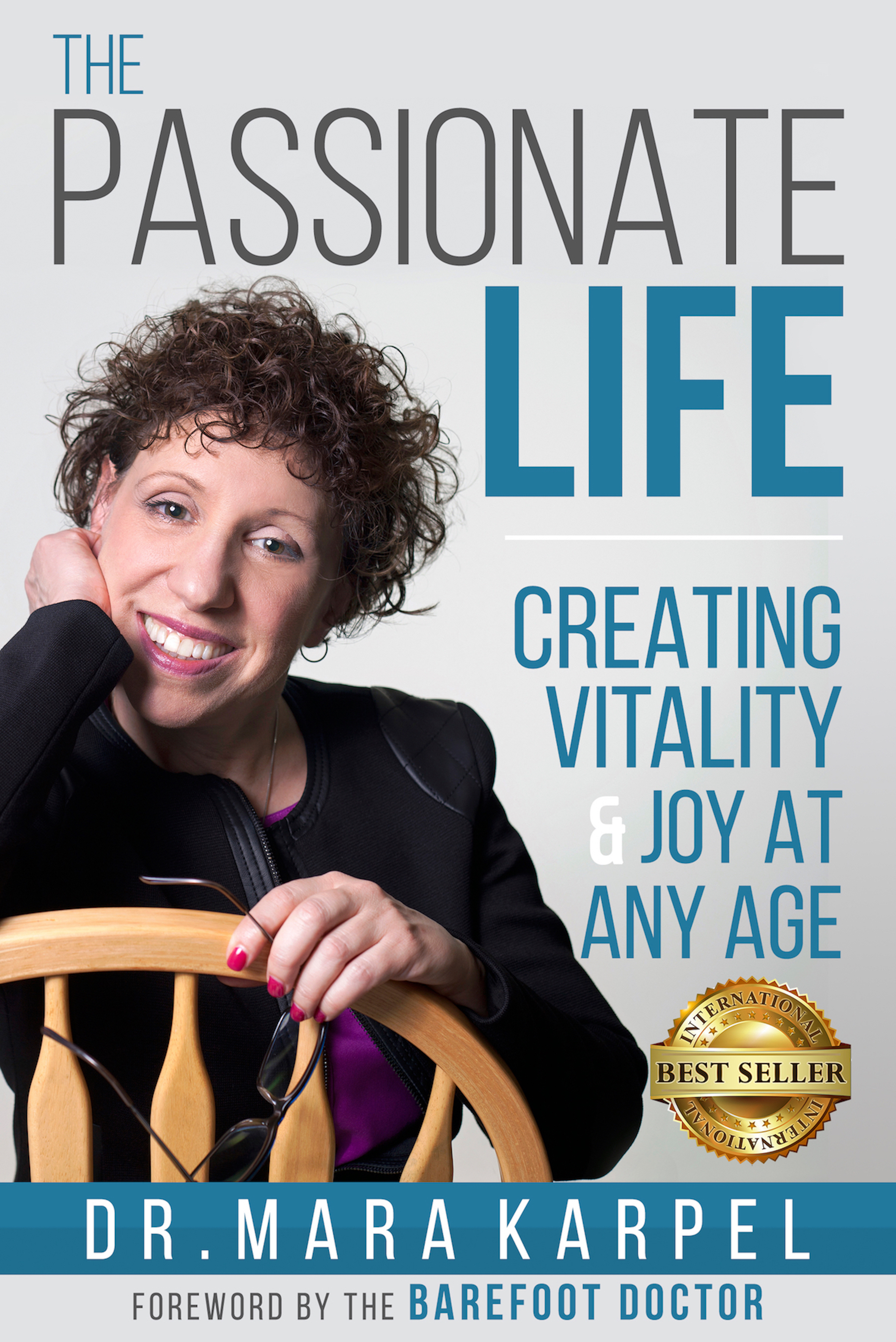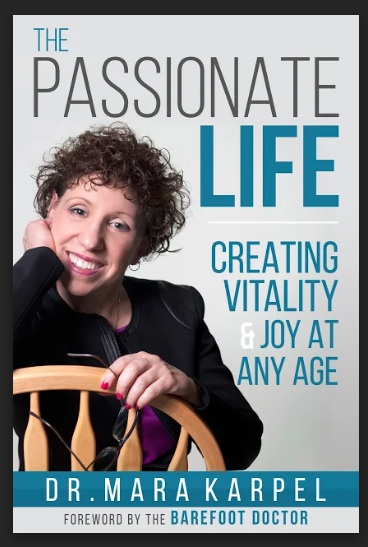
It’s February! How’s your 2020 going, so far? Mine came in like a tornado. Has it only been a month? I feel like we are half-way through 2020 already! I was recently reading an Instagram post by, the best-selling author, teacher, facilitator of workshops in the Toltec tradition, and a previous guest on my internet radio show, HeatherAsh Amara. She was under a blanket in the photo, with a caption about how she was taking a break by herself in her hotel room after a busy book launch tour. She ended with a question, asking how we (her social media followers) decompress after a period of being around a lot of people. I was blank. My life is all about helping others. It’s my livelihood and my passion. But, what had I really been doing to take care of myself?
I’ve been asked that question over and over again in interviews, and, most recently when I was interviewed by G. Brian Benson for Awake TV. During the interview, Brian asked me “After spending your day helping veterans with PTSD or helping your clients or caregivers, how do you take care of yourself?” I have a pat answer for that exact question. The answer that I always give is that I focus on my passions of writing and hosting my radio show, with some drawing, exercising, eating well, and meditating when I remember to, squeezed in. At the start of the year, though, I had to come to the hard truth that I haven’t been doing such a great job of taking care of myself. I felt like I had hit a wall. With little energy, feeling emotionally drained, and having difficulty focusing, I was finding it difficult to remain passionate about anything at all.
While looking for some guidance on how to better take care of myself, I came across Cheryl Richardson’s book, Extreme Self-Care. When I read the first chapter, I felt like she was telling my story. When Richardson started her own journey of extreme self-care, she was already a well-known speaker, author, and life coach. That was comforting, since I rarely give myself permission to admit I’m experiencing a problem with self-care, having, myself, written a book about living the passionate life. Intellectually, I knew what I needed to do. It’s all in the book, after all. I realized that it wasn’t that I lacked the tools for self-care, it was that I lacked my own permission to focus on myself. Reading Richardson’s story seemed to give me that permission to, first admit that I could actually be hitting that proverbial wall, and to then put own self-care as a top priority.
When I read HeatherAsh’s question on Instagram, I realized that I rarely take a break from “people-ing.” And that gave me some pause for thought. Since the end of 2019, I had been called on to step up my game in taking care of people, both in and outside of my work. And, after hitting this “wall,” I realized that I needed to step up my game of taking care of Mara.

In taking an inventory of my self-care, here’s what I’ve discovered that I need for myself. I had already been eating right, exercising, and getting enough sleep, so I got that part of the equation and just need to continue with it. The areas where I’ve needed to do the most work, however, are those that are most uncomfortable to change. If we’re already doing it “right,” then it’s easy to keep doing it right. While, if it’s a sticking point for us, then changing it will feel “sticky.”
So, now I’ve been practicing and experimenting with what works for me. It’s not perfect. Sometimes, I find that I’m not taking the best care of myself and I have to hit the re-set button and try something different. For me, the areas most needed for my self-care and most difficult to change are setting limits with other people and with myself. What this means:
- Saying “no” to people at times, rather than always being available. This is hard when we really want to help people, to be a good friend, and to be that person that can always be counted upon. But, if we’re following our dreams and we want the energy to help when it’s really most needed, we can’t allow ourselves to be pulled in all directions. It takes practice to say “no” and will feel awkward at first. And some of those whom we say “no” to might not like it very much. Just expect that and it will lessen the discomfort. [Read my blog about how to deal with anger of those who might object to our desire to take care of ourselves HERE.]
- Being protective of our time. This might mean not always picking up the phone when it rings and, if we do, letting the caller know that we only have a few minutes when we have other things we need to do. “Other things we need to do,” might include following your dreams, taking a walk in nature, or meditating, in addition to taking care of our responsibilities at work and at home.
- Not going down “rabbit holes,” as a friend of mine calls them. This means not getting caught up in negative thinking, negative discussions, and or endless debates.
- Blocking time to do what’s on our “to-do” list. In other words, setting a schedule and sticking to that schedule.
- Scheduling time for following our dreams. If you really want to live a passionate life, then you need to make time for yourself to do the things that you really want to do. Even if you have a busy life with a lot of responsibilities, anyone can find ten minutes if it’s important to them. It might mean waking up ten minutes earlier or going to sleep ten minutes later or skipping watching a Netflix show or staying off of social media. By the way, I consider social media, unless it’s used to promote your dreams, as one of those rabbit holes. (It is for me, anyway.)
- Scheduling time off and “time outs.” This includes a day off from doing any sort of work, even if that work is related to following your dreams. We all need a day here and there to recharge and refresh. This will help us to be more creative and more efficient. Sometimes, our best ideas occur when we’re not thinking about them. This also includes planning time-outs throughout each and every day, whether this is for a few minutes or longer. For example, when I started to regain my energy and focus after taking better care of myself, I jumped in both feet first and ended up back to my old antics of sitting at my desk to get my paperwork done all in one sitting or writing a blog all in one sitting, so that I would be sitting in one spot for several hours at a time. I still have to remind myself that I need to take breaks. If I’m writing or catching up on paperwork, I need to take a break at least once an hour to get up, move around (sitting for so long is not good for our body either), get a bite to eat, relax/meditate, take a walk, exercise, anything to change things up before going onto the next task. This is also true when I’m at the office, evaluating veterans. I take a break in between each appointment and do a grounding meditation, even if five minutes is all the time I can spare.
I’ve also noticed that, since these are really difficult areas for me to change and are uncomfortable, I often “slip” and go back to the old habit. So, here’s the thing about slipping, it’s natural. And berating our self about it is, not only not helpful, but it’s the opposite of self-care. Having compassion with ourselves is important to really take care of ourselves. Instead of accepting nothing short of perfection, making it the goal to catch ourselves more and more quickly and to stop whatever behavior we’re trying to change as soon as we catch ourselves will lead to, eventually, creating the new habit that we want to create and no longer having the temptation to follow the old, destructive, habit.
I know that it’s possible to get ourselves back to joy and passion when we’ve been detoured from our path because my promise to myself to take care of myself is already working. And it’s worth the effort at changing our habits so that we’re better at being there for ourselves. If we don’t show up for ourselves, we will eventually lose our ability to truly show up for those we care about or for our dreams.


Read similar blogs by Dr. Mara and listen to her internet radio show. Now available on Apple Podcasts.
Also, be sure to follow her on Facebook for updates on her show and new blogs.
Check out Dr. Mara’s internationally best-selling book, The Passionate Life: Creating Vitality & Joy at Any Age!


